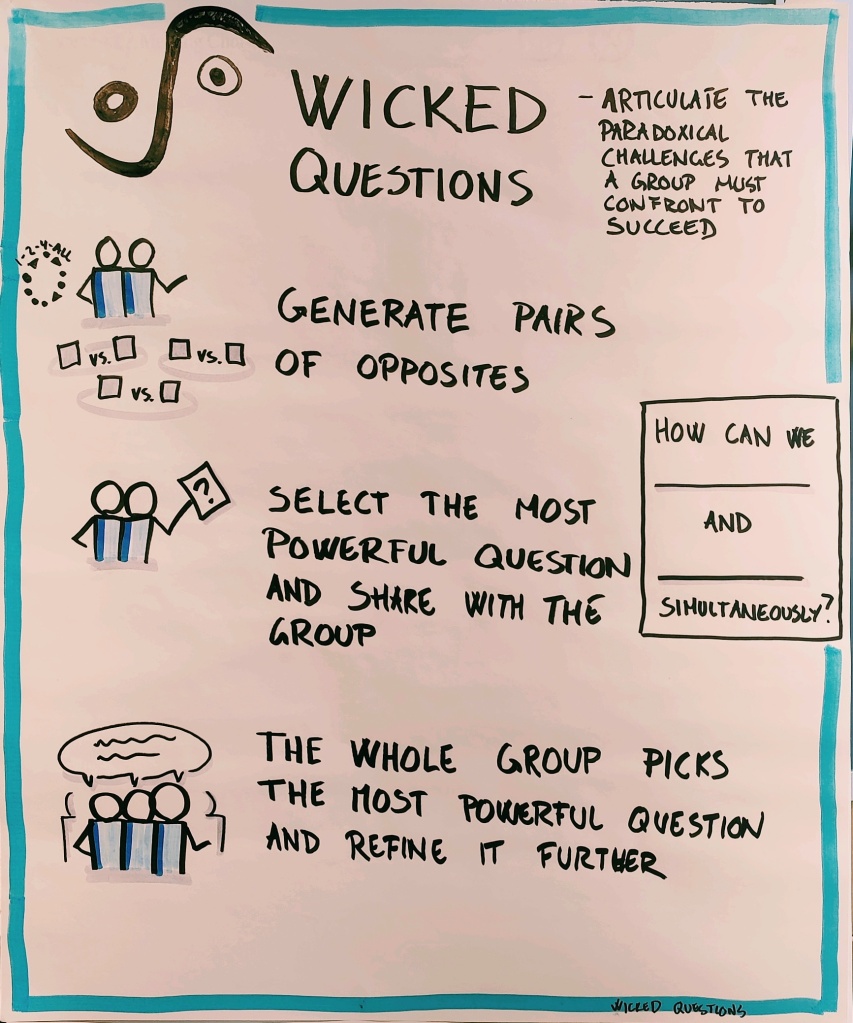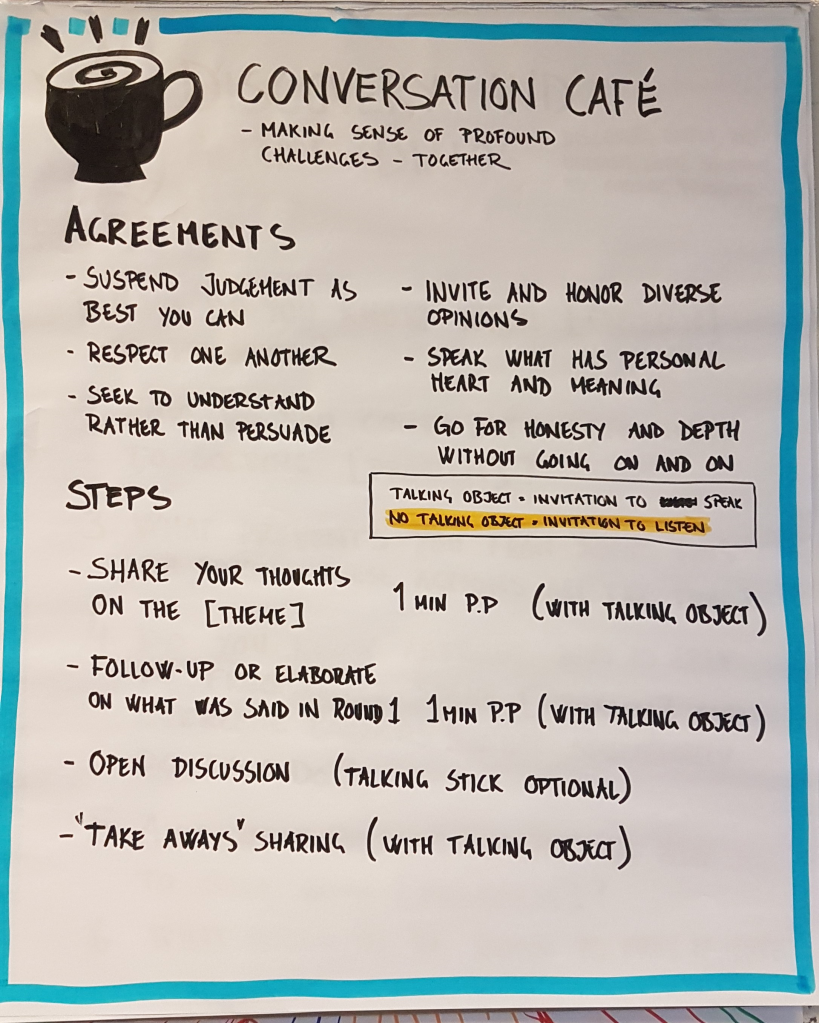Wh en a new team is formed we hope that it will be long lasting, and that it eventually will become high performing. Sometimes it happens, sometimes it doesn’t. What determines the success? Despite there are no guarantees of success, there are still things you can do to increase the likelihood of your team becoming high performing. In this blog post series, I would like to share some experiences of mine, from starting up new teams. Inspired by the Liberating Structure “Purpose-to-practice” I am helping the newly formed team to design five essential elements to make the team resilient and endurable. The 5 elements are Purpose, Principles, Participants, Structure and Practices. This post will cover my approach to help the team design Structure.
Taking responsibility!
Often we have heard managers saying to a team “We want you to take responsibility”, where after the manager takes the lead, controlling what the team should do. When working in an agile fashion we want to break out of this habit, and start building a culture and work environment with accountability, responsibility, empowerment, in order for teams to build the right thing, build it in the right way and building it fast.
The “top-down control” comes in many shapes and sizes and doesn’t only exist in manager/employee context. It could also be between roles eg. a Product Owner dictating what a team should do, a Scrum Master telling a team how to do it, and even Senior Developers instructing Junior Developers.
This element is the beginning of breaking these “top-down” patterns, and foster collaboration to benefit from the combined intelligence in the group. Regardless of experience this element helps team building the competence to become self-managing, as it will help team identify how to organize to distribute control instead of relying on top-down control.
Which structures and why
This session is slowly building up to the main question: “How must we organize to distribute control, instead of relaying on top-down control?”. The first parts are:
- Help the team articulate the challenges they facing,
- a small theory input on Scrum Roles, and how to see it in a different perspective.
- Reminder of the team purpose (which has been identified prior to this session),
The Liberating Structure Wicked Questions is well suited for helping a team to easily identify and articulate the challenges they must confront to succeed. It also serves as a tool to “let the air out”, and make participants mentally ready to leave challenges behind and focus on constructive thinking.

To give a different perspective on how to organize, I introduce the concept of “total football” where all players in a team are defending when opponents has the ball, and all players are attacking when the team has the ball, regardless of their designated role (Defender, midfield, attacker). This is used to exemplify how to break down top-down control between scrum roles. This part is short and based on Maarten Dalmijns post “Stop talking so much about the Scrum roles“.
The last part of the introduction is simply to remind the team about their Purpose, as this is the guiding star to where the team want to go.
You can now invite for a Conversation Café with an expanded invitation, leaving a lot of handles for team members to hang their thoughts on, and to get the discussion going:
- How must we organize to overcome [articulated challenge]. How must we organize to distribute control, instead of relying on top-down control from managers and/or team roles. How must we organize to achieve [our purpose]?


My observations and experiences
- You could skip the “Build up” part of this session and move directly on to answering the main question. For inexperienced teams, and newly formed teams, this question can seem very abstract and hard to grasp, for people who merely focus on solving technical problems. Adding the wicked questions, the football analogy and putting the team’s purpose statement in play, helped the team to see an (imaginary) future which they could relate to. This was helpful for the reflections and the dialogue, about how we must organize to get there.
- The wicked question helped the team not only to identify impediment, but to express it clearly and to set the stage for taking actions ourselves, instead of waiting for others to remove the impediment.
- The discussion took a different turn that I imagined during designing the session. I was about to interrupt and “bring it back” but I instead, I reminded myself, that whatever the output the team creates, is the right output. This made the the team own the output more. I believe they felt heard, because they could relate to the output. Since this session the team has used the output as handles for other discussions and retrospectives.
- Originally I planned the purpose-to-practice element “Principles” to be a part of this session, but the time schedule was to tight, to let the good discussions unfold, so I decided to skip the Principles for now.
Source link
